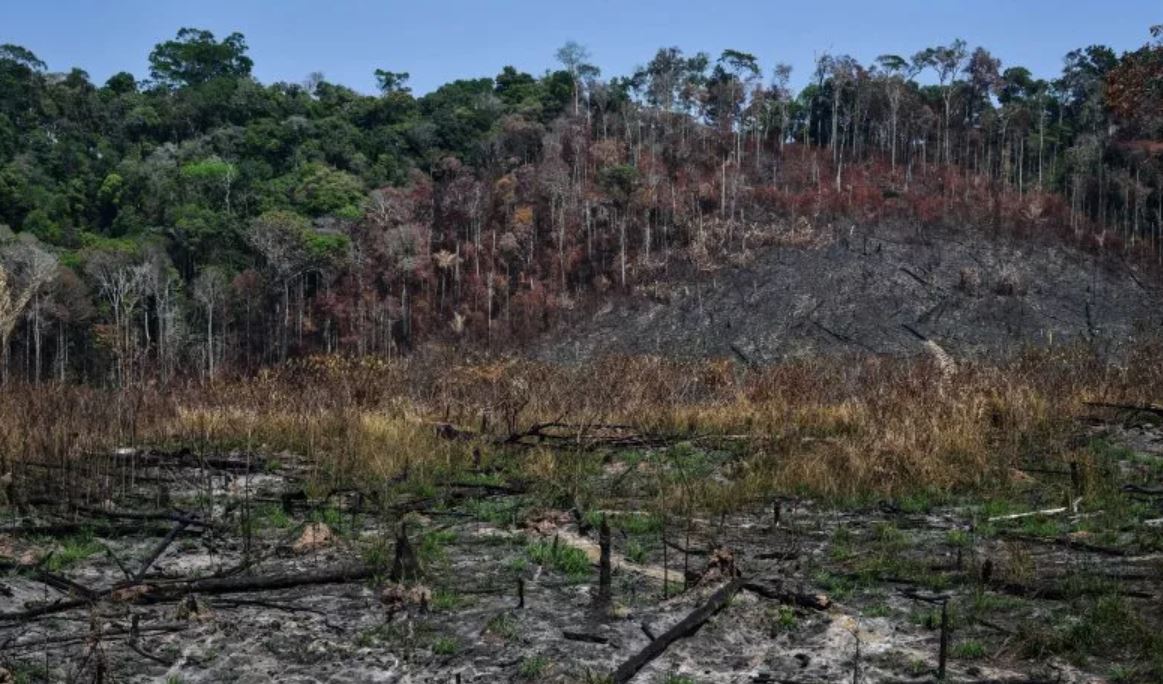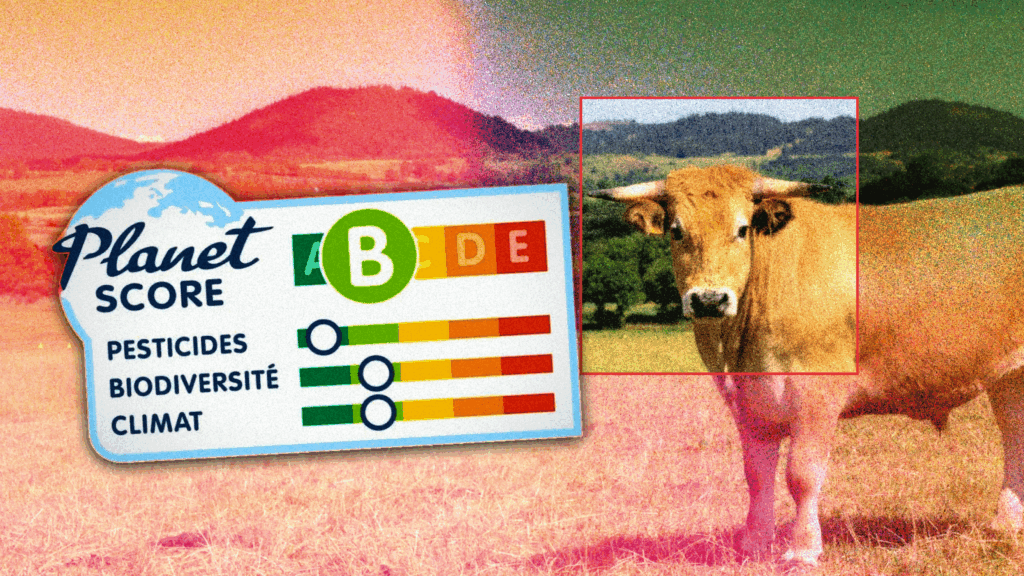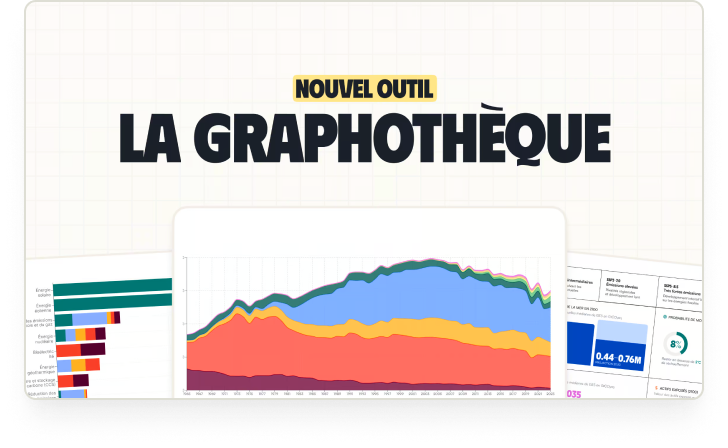After the 5th boundary was officially crossed in January 2022, an international team has just published a new study showing that the planetary boundary of the freshwater cycle has been crossed. This time, researchers from the Potsdam Institute have teamed up with the Stockholm Resilience Center and reached this conclusion after including for the first time the “green water” – water available for plants – in the assessment of the global boundary.
While all the media attention is on Elon Musk’s takeover of Twitter, here we are again in 2022 crossing another planetary boundary. As with the other boundaries, what is at stake is simply the stability of the global ecosystems on which humanity depends.
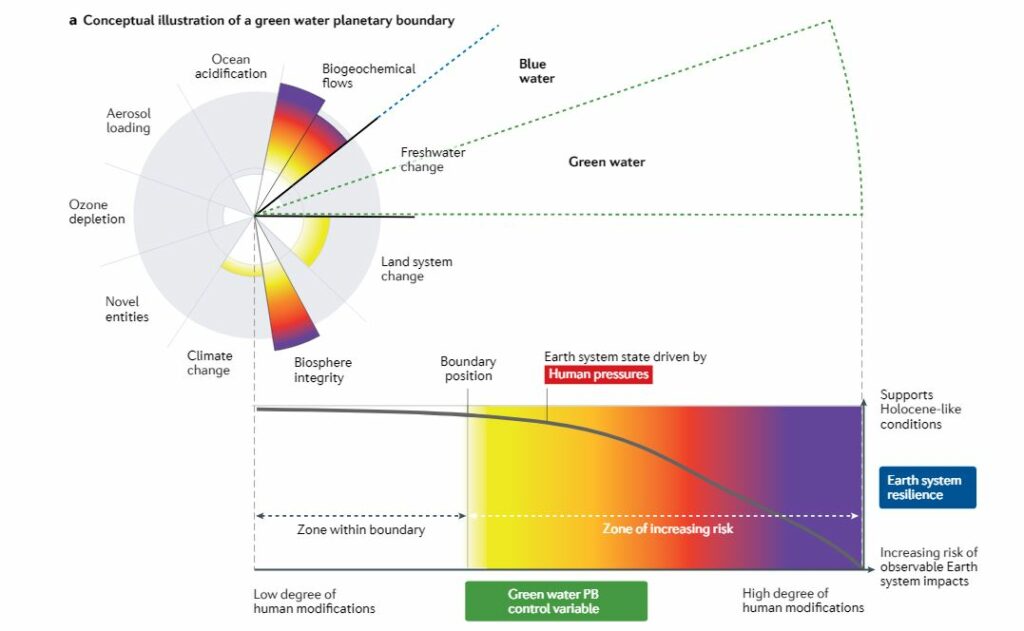
Free access here
What is a planetary boundary?
Before going into detail, let’s define what a planetary boundary is. In 2009, Johan Rockström led a group of 28 international scientists to identify the processes that regulates the stability and resilience of the Earth system. They proposed a quantitative measure of the planetary boundaries within which humanity can continue to develop and thrive. Here is the result from 2015:
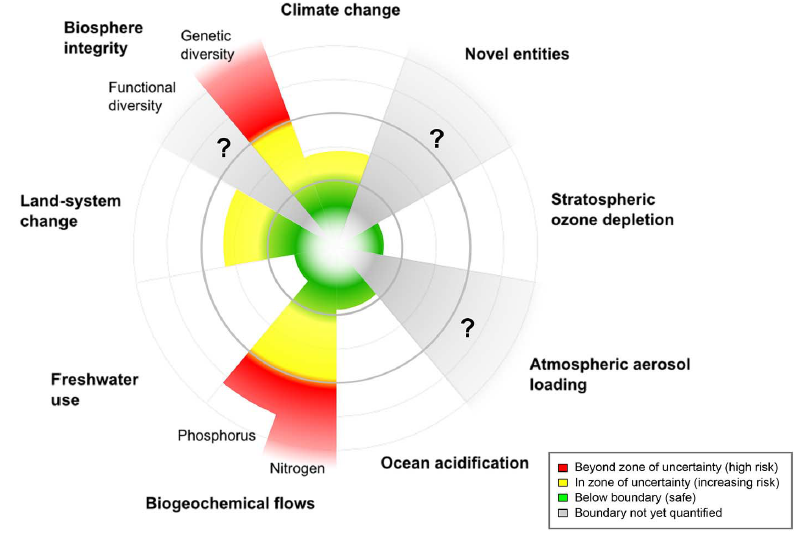
These planetary boundaries thus answer the question “to what limits will the Earth system be able to absorb anthropogenic pressure without compromising the living conditions of the human species? “.
The planetary boundaries are not as simple as they first appear to be…
The boundaries provide a fairly rigorous quantitative and qualitative framework on the environmental impacts of our societies. Crossing these ecological boundaries means going beyond the limits of sustainability of our environment, and invites us to modify our modes of production/consumption. These limits are beginning to be recognized and taken into account by many organizations and States (UN, EU, France), even if they raise criticisms, like any model.
Some important subtleties to remember:
- As explained by the SRC, ” it seems more sensible and prudent to define planetary boundaries (i.e., the low value of uncertainty, which is equivalent to an increased risk of disruption of the regulatory process) than limits (tipping points) because breakpoints are unpredictable [Zimmer, 2009] , or even practically non-existent in most cases (CNRS, 2020)“.
- Systemic aspect: the regulatory processes interact and the disruption of one affects the regulation and/or resilience of the others. The infographic below allows you to visualize the interactions. Example: climate change which has a direct causal relationship with ocean acidification.
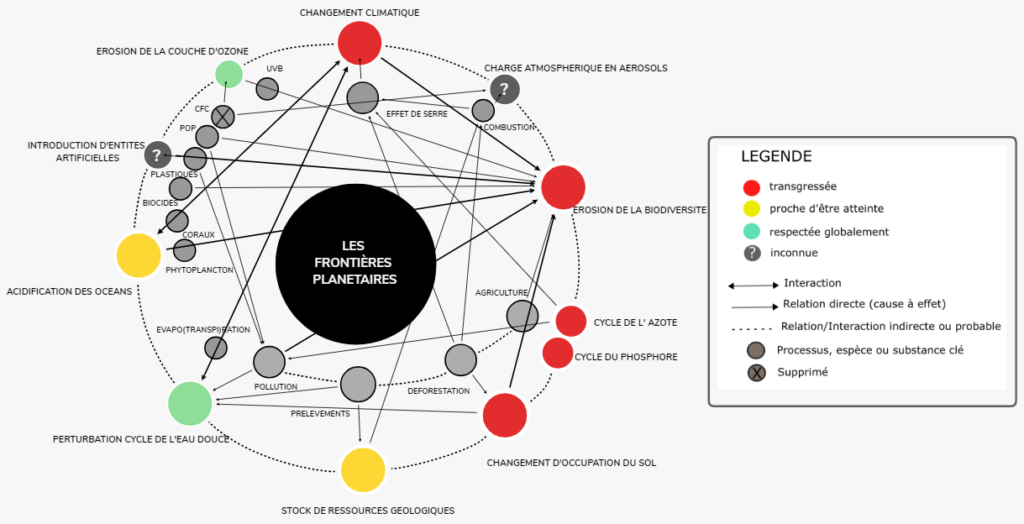
- Planetary boundaries are still a subject of research for scientists. They are criticized by natural and social scientists, humanities researchers, as well as by the general public and the political community. No one will be surprised: they show that green growth is going to be “complicated”!
- It is a perfect reminder that environmental issues are not only about climate and CO2. It is important to repeat this, at a time when the vast majority of energy debates in France are focused on the French electricity mix and the nuclear vs. renewable energy war.
The 6th planetary boundary: ‘the fresh water cycle’
Until now, the boundary of the freshwater cycle was still in the safe space, in green below. But after re-evaluation and taking into account the green water, the boundary has been crossed. That’s why we can see on the graph below the limit with a distinction between green and blue water.
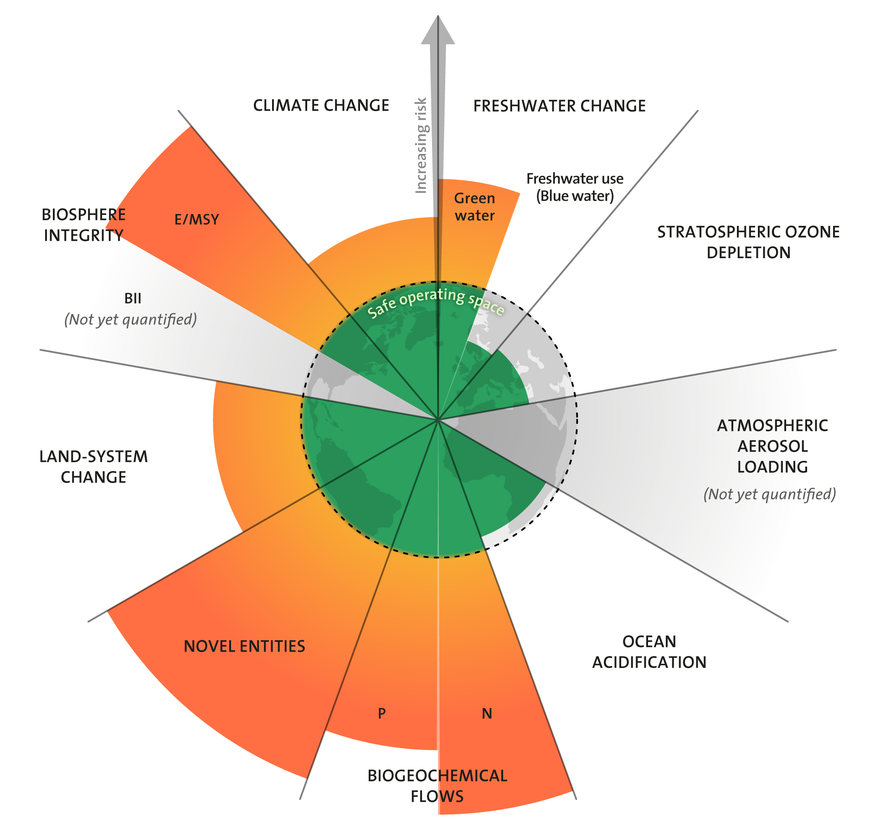
How to distinguish them?
- Blue water: portion of the water from atmospheric precipitation that flows in rivers to the sea, or that is collected in lakes, aquifers or reservoirs. Until now, studies have only taken into account water withdrawals from rivers, lakes and groundwater;
- Green water: the portion of water from atmospheric precipitation that is absorbed by plants. This new study takes much more into account the role of water, especially soil moisture, in the resilience of the biosphere, in securing terrestrial carbon sinks and in regulating atmospheric circulation.
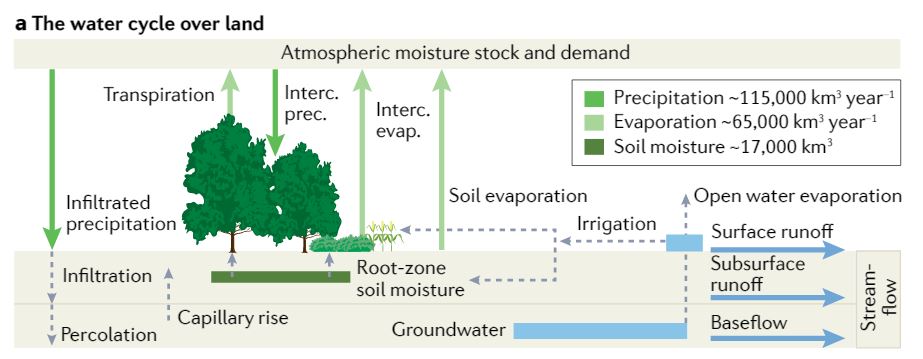
The study’s lead author, Lan Wang-Erlandsson, said, “Water is the bloodstream of the biosphere. But we are profoundly changing the water cycle. This will affect the health of the entire planet and make it much less resilient to shocks.” This complements the work of the latest IPCC report and the chapters that deal with the water cycle, which is already changing at a rate greater than anything we have experienced in the geological era of the Holocene, i.e. several thousand years.
NEWSLETTER
Chaque vendredi, recevez un condensé de la semaine, des infographies, nos recos culturelles et des exclusivités.
ALERTE
Une alerte dans votre boite mail, pour être mis au courant dès qu’un nouvel article est en ligne sur Bon Pote
The survival of the Amazon, but not only…
In a previous article, we saw that the Amazon was about to cross a tipping point. Arne Tobian, another author of the study, confirms that ‘the Amazon forest depends on soil moisture for its survival, and some parts of the Amazon are drying up’.
If the forest loses soil moisture due to climate change and deforestation, this increases its chances of reaching a tipping point, where several regions of the Amazon will be transformed into savannah.
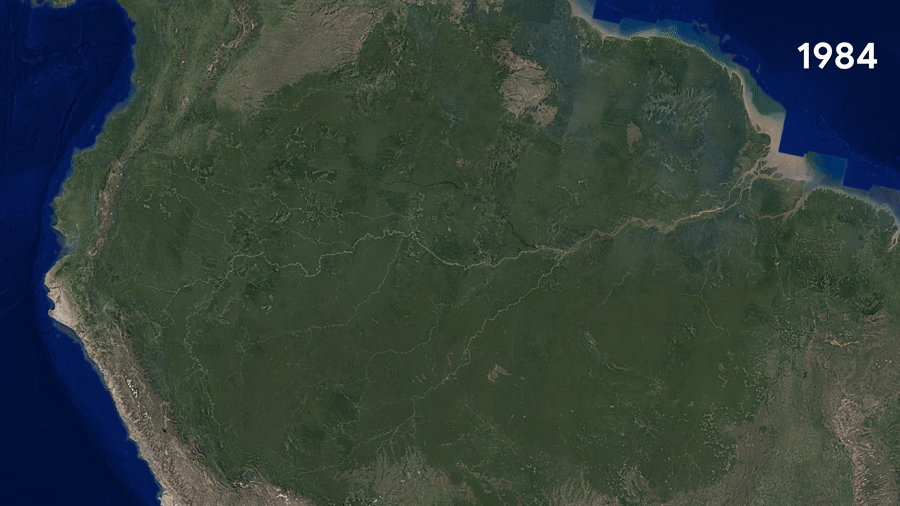
The bad news is that this phenomenon is global. “Everywhere, from the boreal forests to the tropics, from farmland to forests, soil moisture is changing. Exceptionally wet and dry soils are increasingly the order of the day“. says Arne Tobian. The solutions are many and have been known for decades. But the longer it takes to implement them, the more likely we are to have irreversible consequences.
To support this global dimension of the phenomenon, the graph below gives an overview of green water feedbacks in the Earth system, including those that are stabilizing (minus sign) or amplifying (plus sign). Stabilizing feedbacks are either intact or increasing (blue background) or lost or decreasing (yellow background). Green water-related amplifying feedbacks (peach background) increase more than stabilizing feedbacks, suggesting that green water-related changes in the Earth system are amplifying rather than stabilizing.
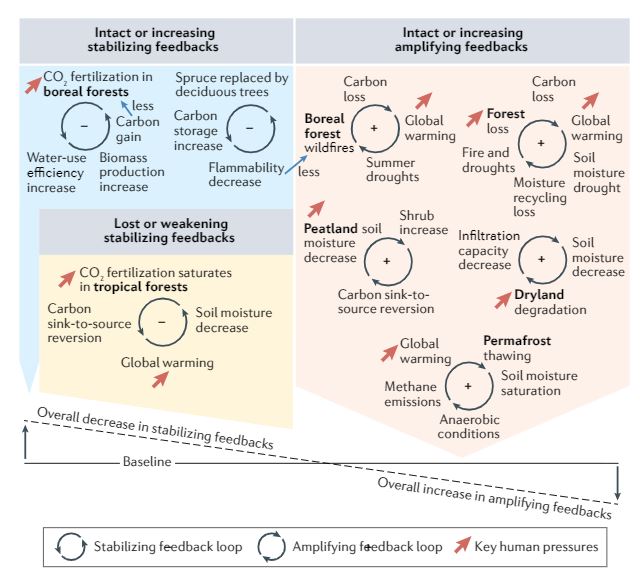
Source : Wang-Erlandsson et al. (2022)
The last word
Every day of climate inaction is an opportunity for more bad news. This is the case with this officialization of a 6th planetary boundary crossed. Looking at the names of the limits not yet crossed and the assumptions made by the authors, it seems difficult not to cross others without a radical change of our economic system.
At the time of the official crossing of the 5th planetary limit, the media treatment was not at all up to the mark, except for a few articles in France and Belgium. Let’s hope it will be better for this 6th boundary. We are in the middle of a climate emergency and we are not acting at all as we should. The main media news are overshadowed, like the exceptional heat wave in Pakistan and India, or Wynn Alan Bruce who immolated himself in front of the Supreme Court in the United States to warn about the climate situation. What more will it take for environmental issues to have the place they deserve in the newsroom?
Phasing out fossil fuels is not an option. Not only is it the only solution to respect our climate commitments and hope to limit warming to +1.5°C, but it is also a question of survival for part of humanity.
To go further:
- Les limites planétaires by Natacha Gondran and Aurélien Boutaud: this short book describes the nine major “planetary boundaries” (climate change, biodiversity, soil use, phosphorus and nitrogen cycles, etc.)
- The study is available free of charge
- The CERDD’s well-documented fileon planetary limits
- The Donut Economy: definition and critical analysis
- The 10 simple actions to take action
- The Boundaries of the Planetary Boundary Framework: A Critical Appraisal of Approaches to Define a “Safe Operating Space” for Humanity

